
Mindy Weisberger
Mindy Weisberger is an editor at Scholastic and a former Live Science channel editor and senior writer. She has reported on general science, covering climate change, paleontology, biology and space. Mindy studied film at Columbia University; prior to Live Science she produced, wrote and directed media for the American Museum of Natural History in New York City. Her videos about dinosaurs, astrophysics, biodiversity and evolution appear in museums and science centers worldwide, earning awards such as the CINE Golden Eagle and the Communicator Award of Excellence. Her writing has also appeared in Scientific American, The Washington Post and How It Works Magazine. Her book "Rise of the Zombie Bugs: The Surprising Science of Parasitic Mind Control" will be published in spring 2025 by Johns Hopkins University Press.
Latest articles by Mindy Weisberger

Milkweed butterflies tear open caterpillars and drink them alive
By Mindy Weisberger published
These ghastly meals provide male butterflies with chemicals that they use to produce mating pheromones, which female butterflies find irresistible.
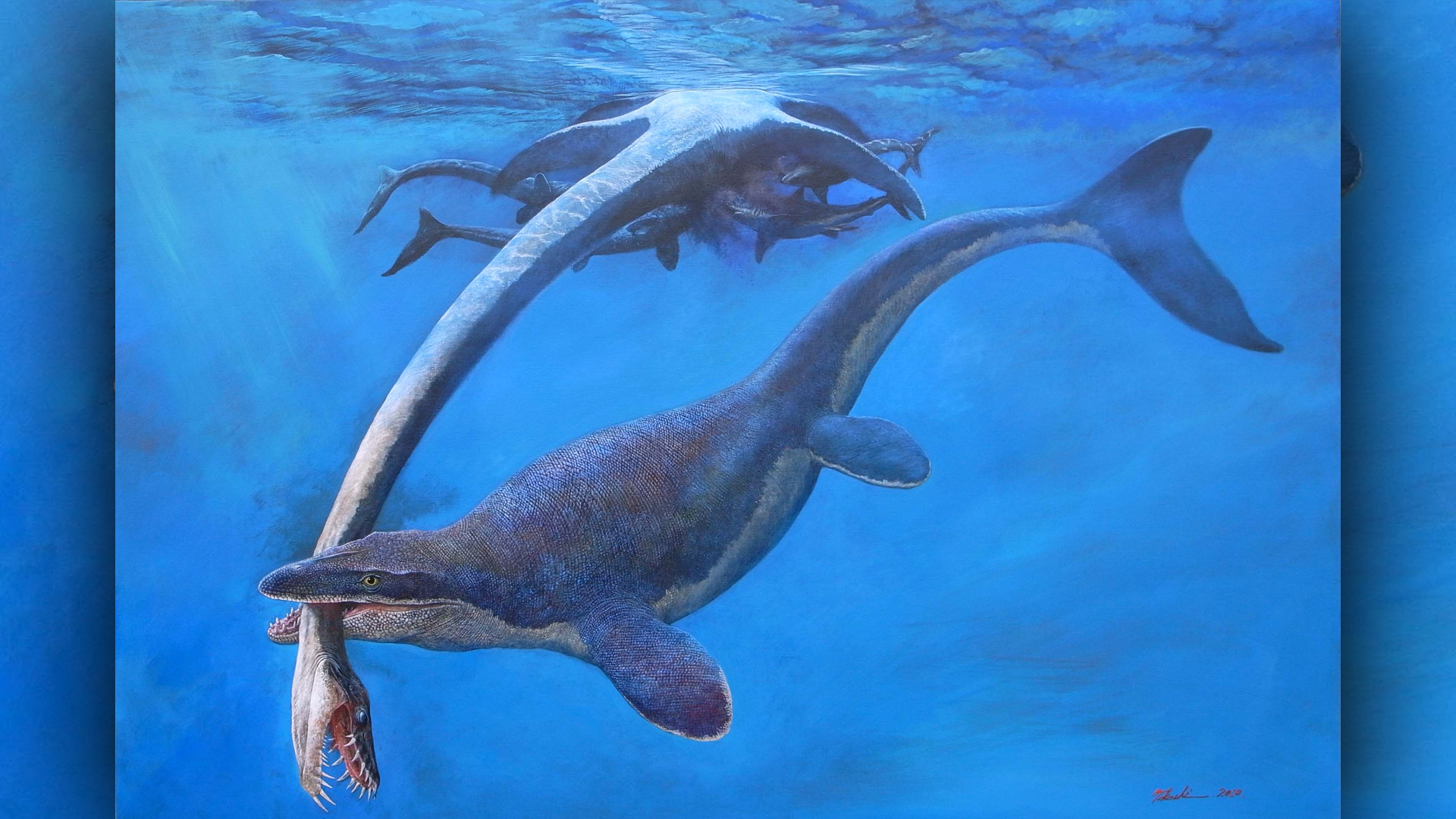
An 18-foot-long sea monster ruled the ancient ocean that once covered Kansas
By Mindy Weisberger published
A newly described species of mosasaur, an extinct marine reptile, swam through Cretaceous seas 80 million years ago and had a slender snout like a crocodile's.

Stunning colorized footage provides a glimpse of the last known Tasmanian tiger
By Mindy Weisberger published
Thylacines, once widespread in Australia, have been extinct for nearly a century, but newly colorized footage provides a glimpse of what they looked like in life.

Helmet-headed Cambrian sea monster sucked up prey like a Roomba
By Mindy Weisberger published
An ocean creature that lived around 500 million years ago was the largest predator on the sea bottom.
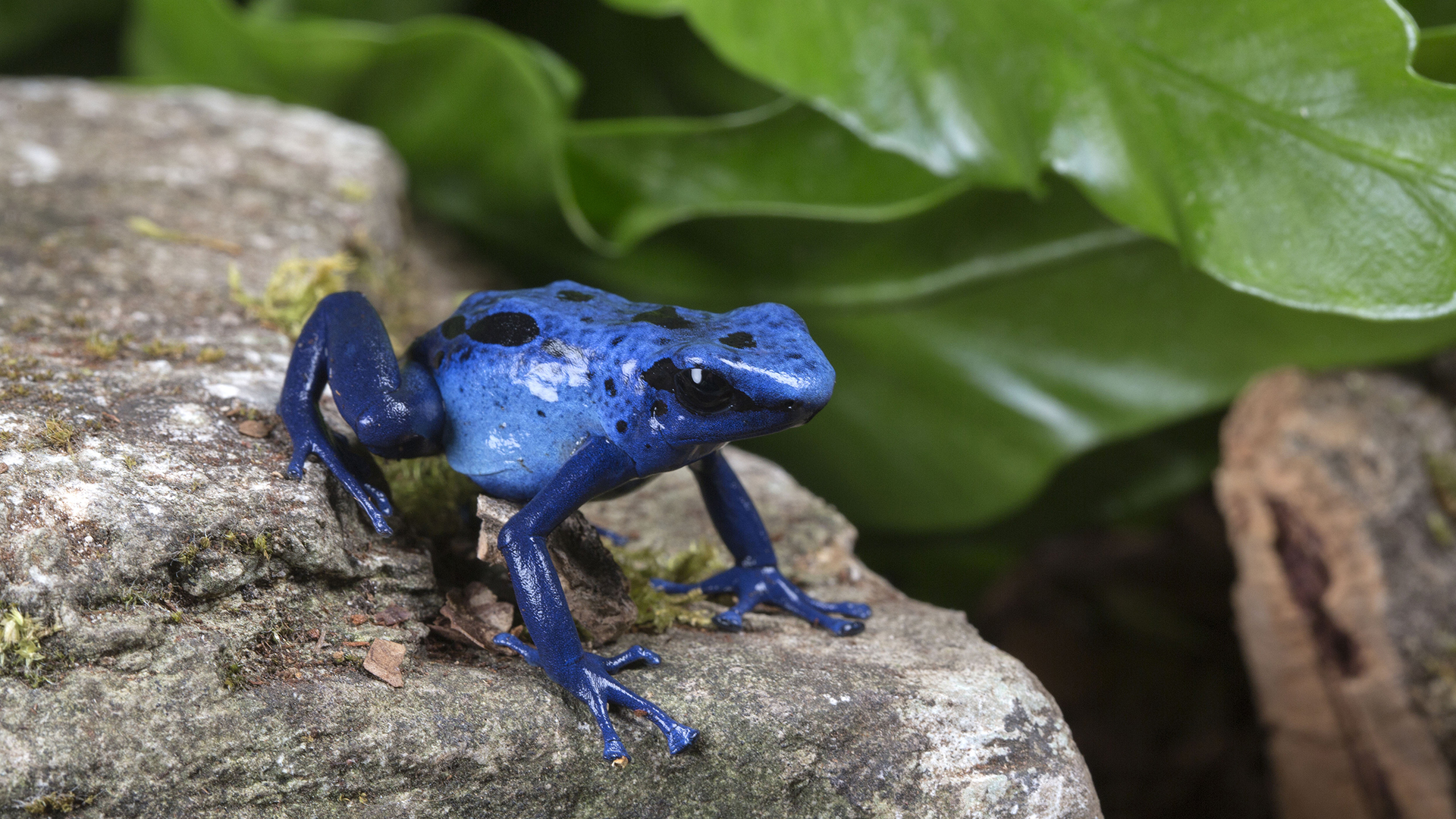
Why is the color blue so rare in nature?
By Mindy Weisberger published
Of all the colors we can see in nature, blue is one of the rarest.

Who will buy 'Big John,' the biggest triceratops ever found?
By Mindy Weisberger published
The largest triceratops in the world, scheduled to be auctioned on Oct. 21, will be on display to the public in Paris beginning Sept. 16.
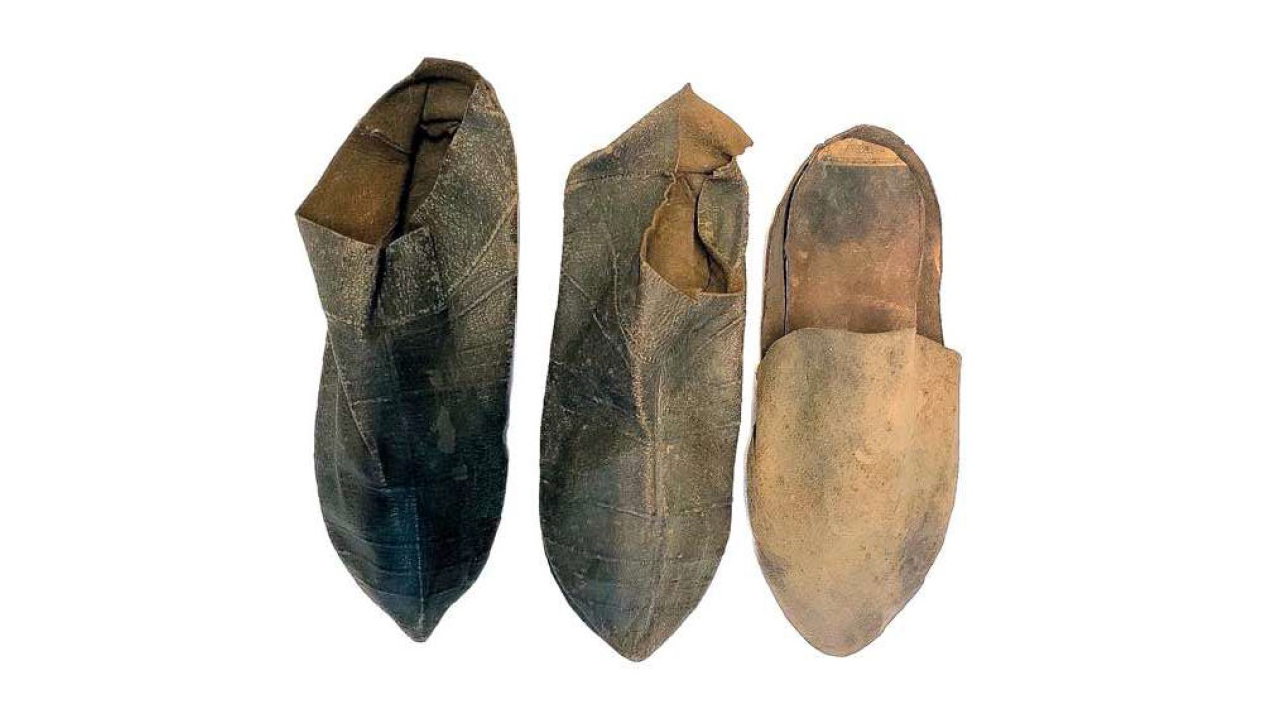
Artistic giant Michelangelo was actually quite short
By Mindy Weisberger published
A new analysis of shoes that may have belonged to the Renaissance artist Michelangelo revealed his small stature.

Why tiny tardigrades walk like insects 500,000 times their size
By Mindy Weisberger published
Microscopic and near-indestructible tardigrades walk as insects do, scientists recently discovered.
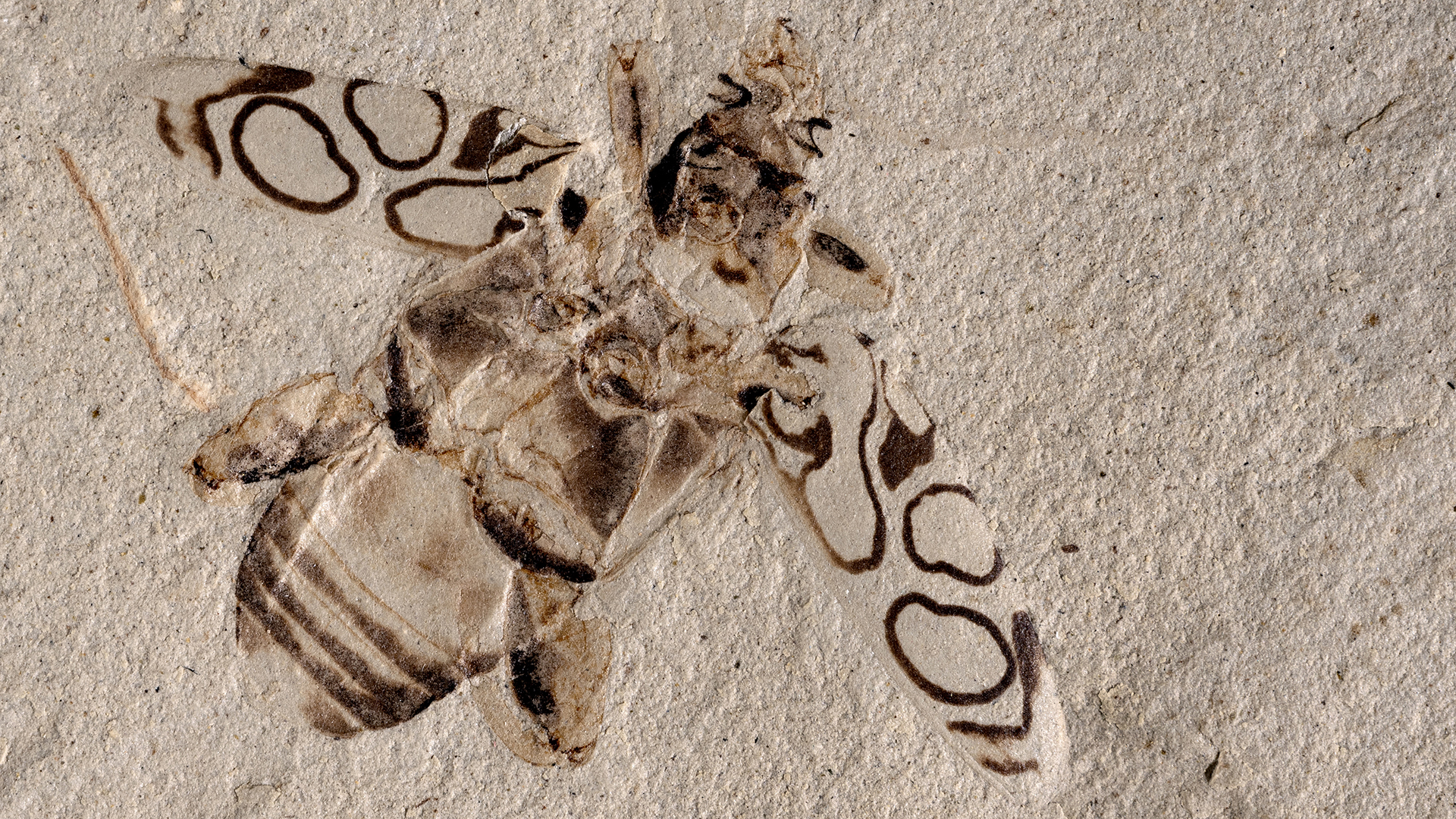
49 million-year-old beetle looks like it was squashed yesterday
By Mindy Weisberger published
Meet "Attenborough's Beauty," an ancient beetle that was so exceptionally well-preserved you can still see the colorful patterns on its wing case.
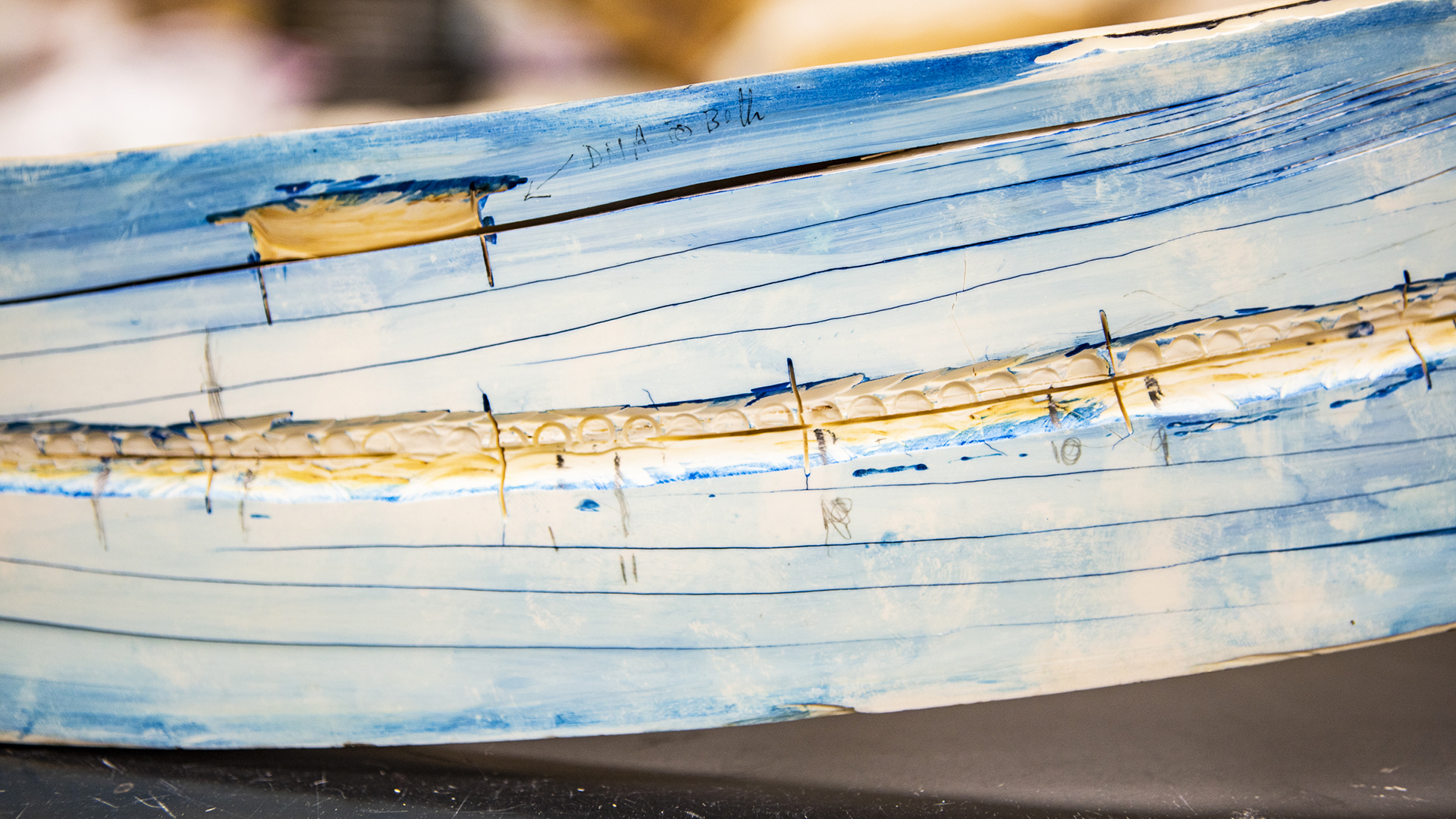
Woolly mammoth's epic 50,000-mile journey retraced
By Mindy Weisberger published
An adult mammoth's preserved tusk revealed how far the animal ranged across Alaska during its 28-year lifetime.
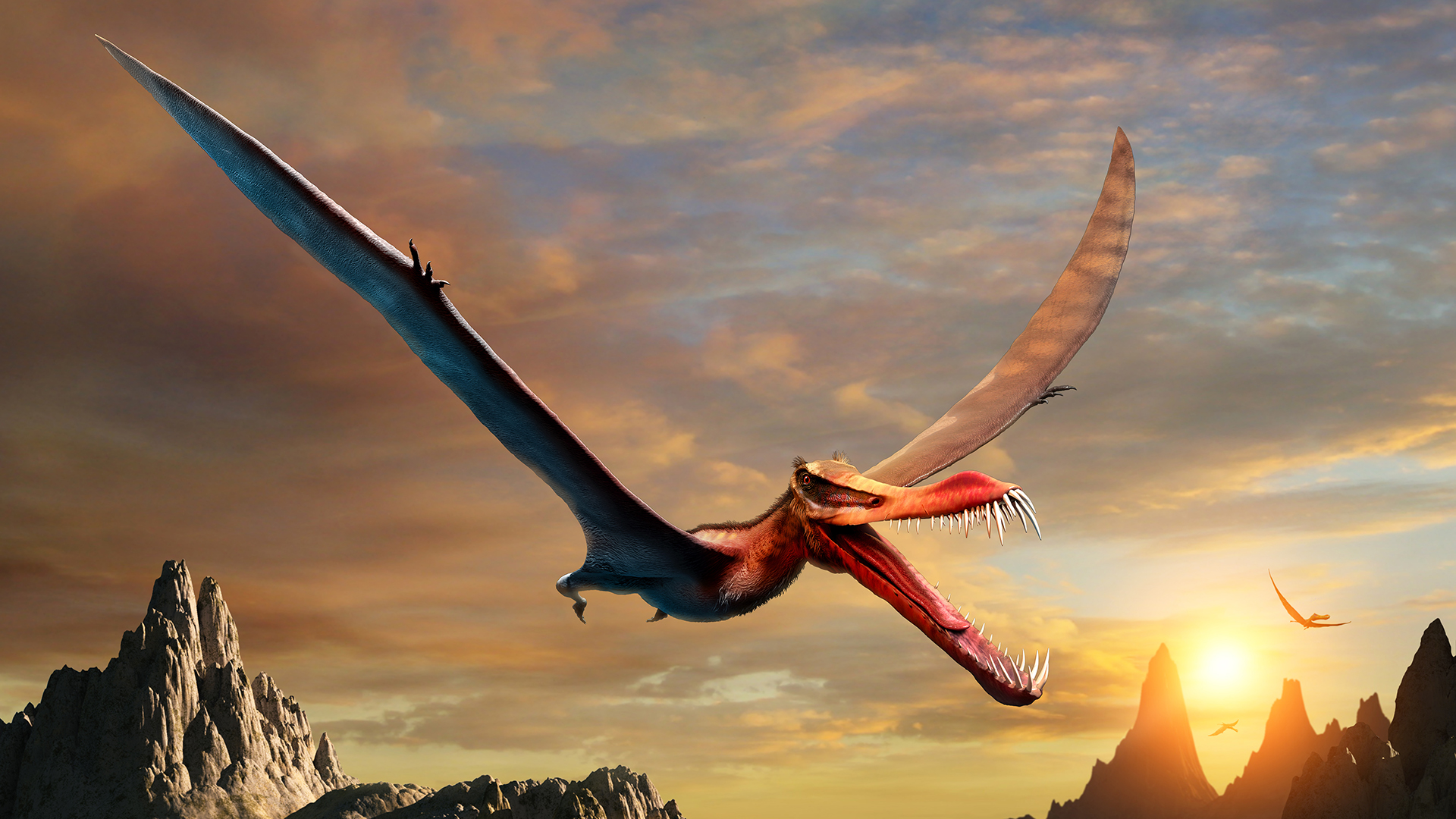
'Real-life dragon' in Cretaceous Australia was huge, toothy and a 'savage' hunter
By Mindy Weisberger published
A pterosaur "dragon" that lived in Australia during the Cretaceous was the continent's biggest flying reptile, according to a new analysis of a fossil jawbone.

Human influence on global warming is 'unequivocal,' IPCC report says
By Mindy Weisberger published
Hundreds of scientists with a UN panel reviewed more than 14,000 studies documenting climate change evidence, to create a new report for policymakers worldwide.
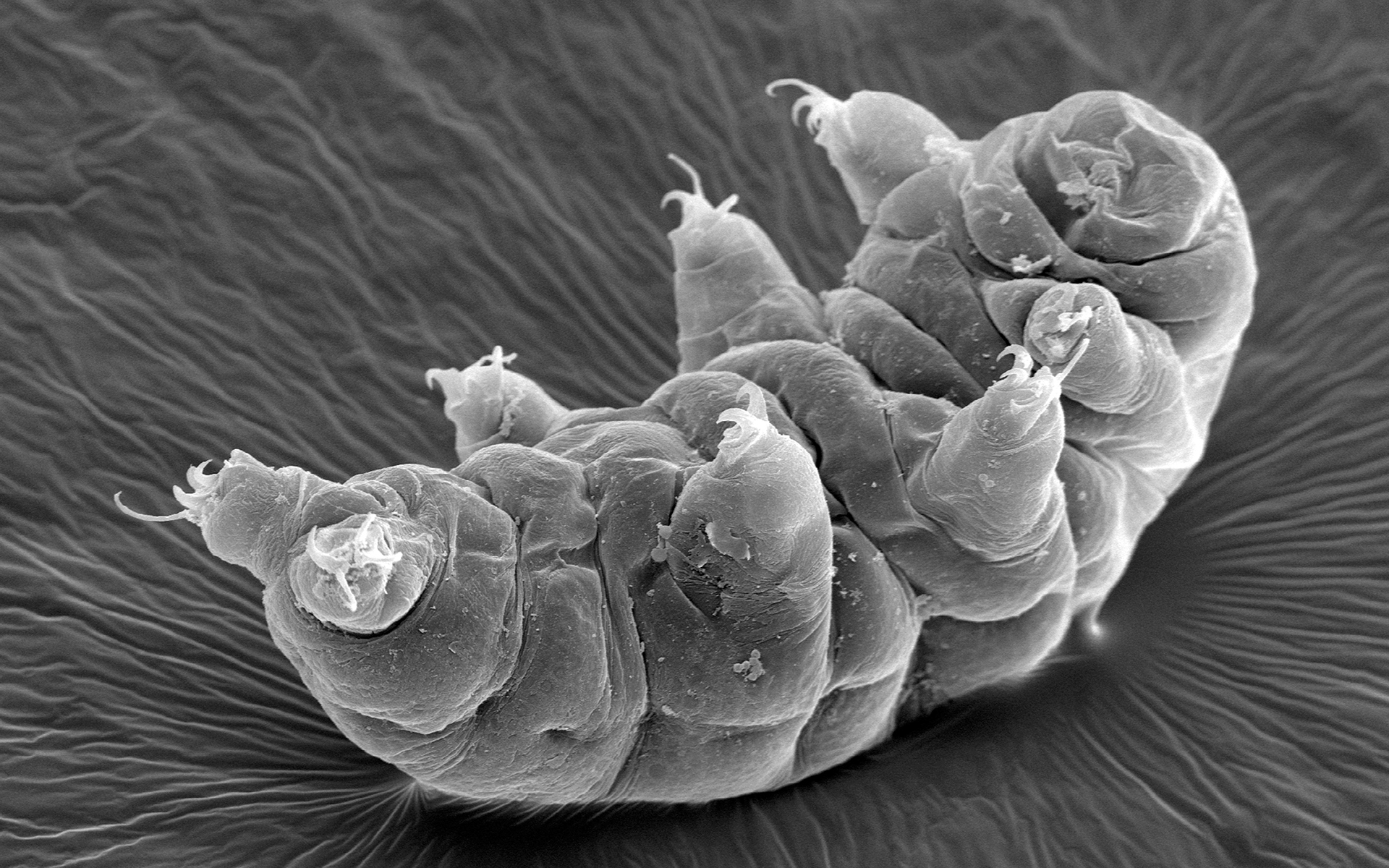
Tardigrades probably see in black and white
By Mindy Weisberger published
Water bears may lack the proteins necessary for color vision.

This hurricane season will be even more active than previously predicted, NOAA says
By Mindy Weisberger published
Storm formation during the 2021 Atlantic hurricane season will be higher than previously predicted, according to an update by NOAA scientists.

Long-lost fragment of Stonehenge reveals rock grains dating to nearly 2 billion years ago
By Mindy Weisberger published
After 60 years, a missing piece of Stonehenge finally returns to the U.K., revealing secrets about the age and structure of the rock in the monument's iconic pillars.
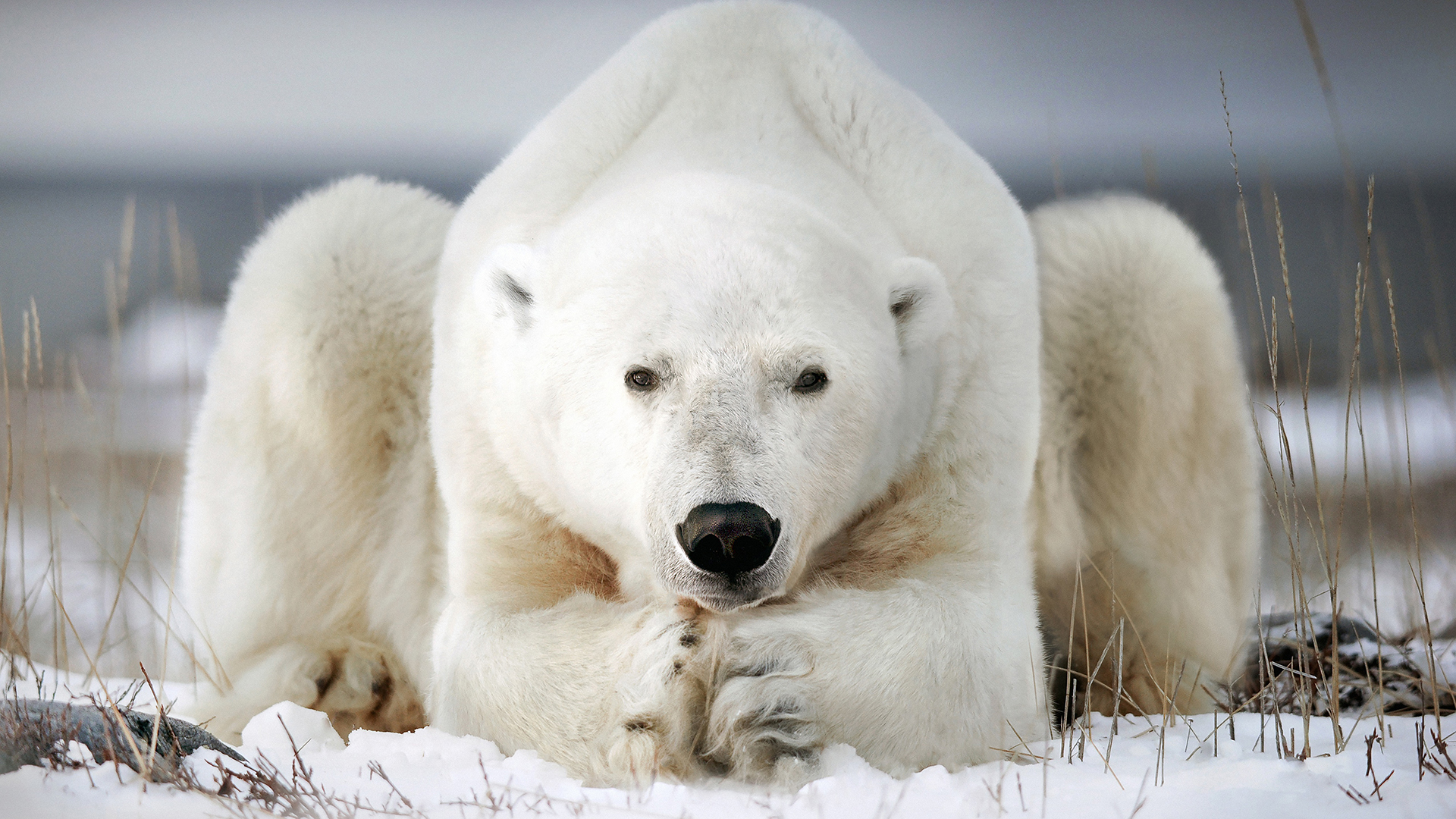
Polar bears bash walrus skulls with boulders and ice blocks, study suggests
By Mindy Weisberger published
Do polar bears throw rocks at walruses' heads to stun and kill them, as centuries of anecdotes suggest? They might, scientists say.

Slowdown of Earth's spin caused an oxygen surge
By Mindy Weisberger published
Billions of years ago, a slowdown in Earth's rotation period lengthened days and offered photosynthesizing bacteria the chance to release more oxygen, transforming the planet.

Beat-up duck-billed dinosaur had cracked tailbones and 'cauliflower' tumor. But it just wouldn't die.
By Mindy Weisberger published
Scientists discovered cracked tail vertebrae and a large, bony foot tumor in the fossil skeleton of a dinosaur that lived during the Cretaceous.

Oldest animal life on Earth possibly discovered. And it’s related to your bath sponge.
By Mindy Weisberger published
Fossils from northwestern Canada may represent ancient sponges dating to 890 million years ago, making them the oldest known examples of animal life.

Climate report to be released next month. How bad will it be?
By Mindy Weisberger published
A United Nations panel is preparing to present the first of three reports on climate change, defining the factors that shape it and recommending strategies for policymakers and global leaders.

Harvard-led team to search cosmos for extraterrestrial space tech and UFOs
By Mindy Weisberger published
A multi-institutional research team will seek evidence of technologies crafted by intelligent alien civilizations — living and extinct.

Humans are the real monsters in gory new shark documentary
By Mindy Weisberger published
Acclaimed horror director Eli Roth has a new documentary on a horrific subject: the shark finning trade.
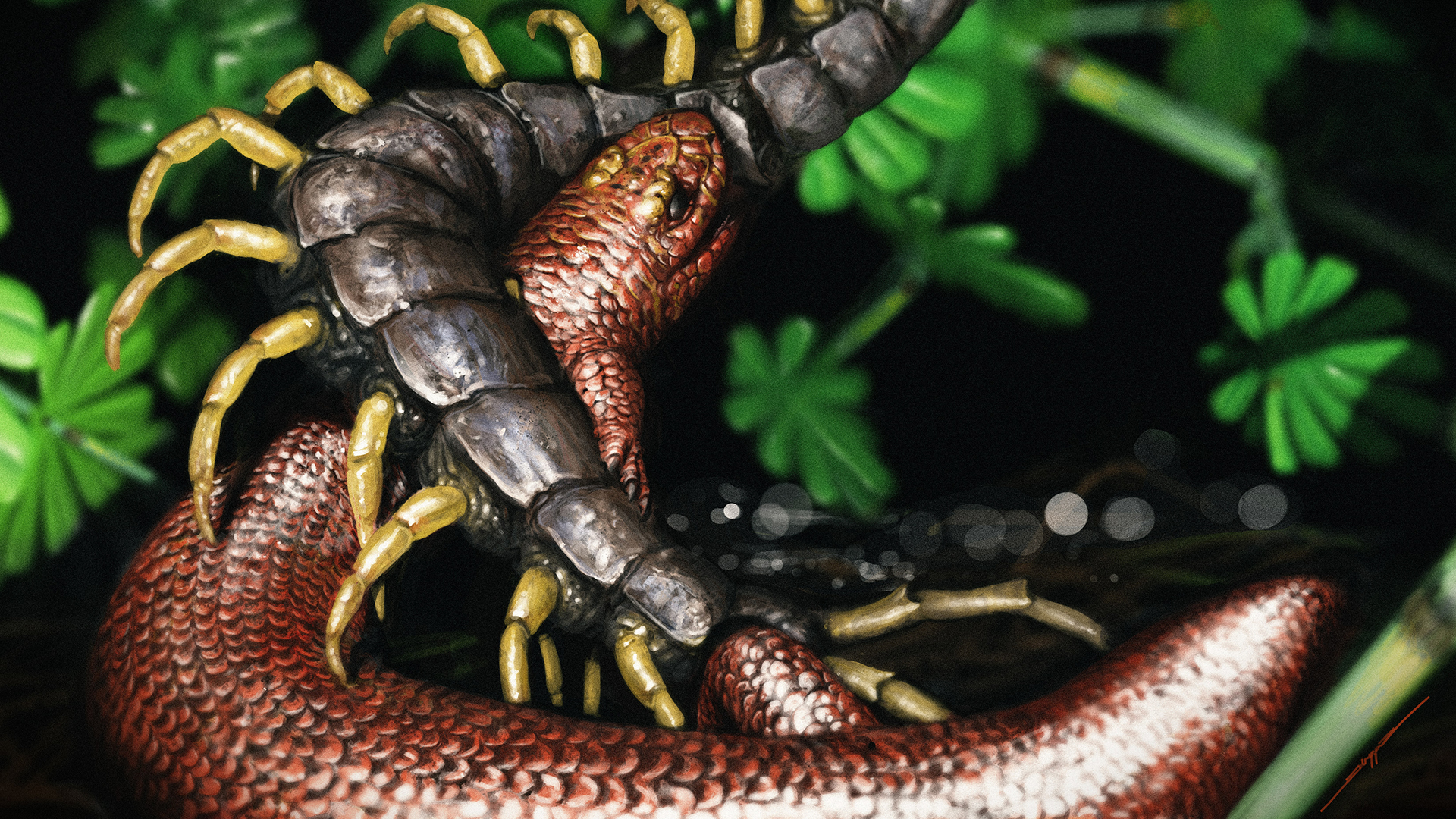
Tiny ancient reptile named after Thor's world-ending nemesis
By Mindy Weisberger published
A near-complete fossil skeleton of an ancient reptile dates to 300 million years ago. It had a blunt skull for tunneling underground, and special scales may have helped it slither through dirt.
Sign up for the Live Science daily newsletter now
Get the world’s most fascinating discoveries delivered straight to your inbox.


